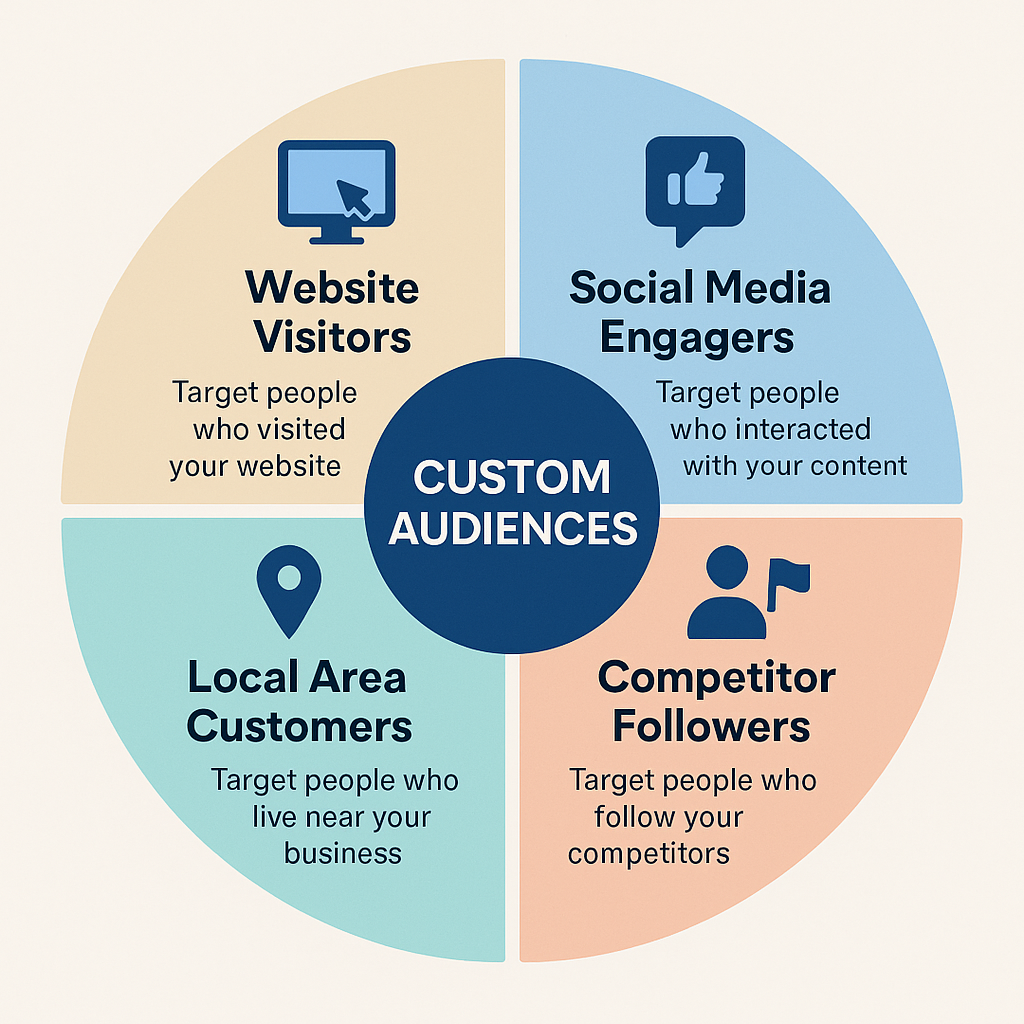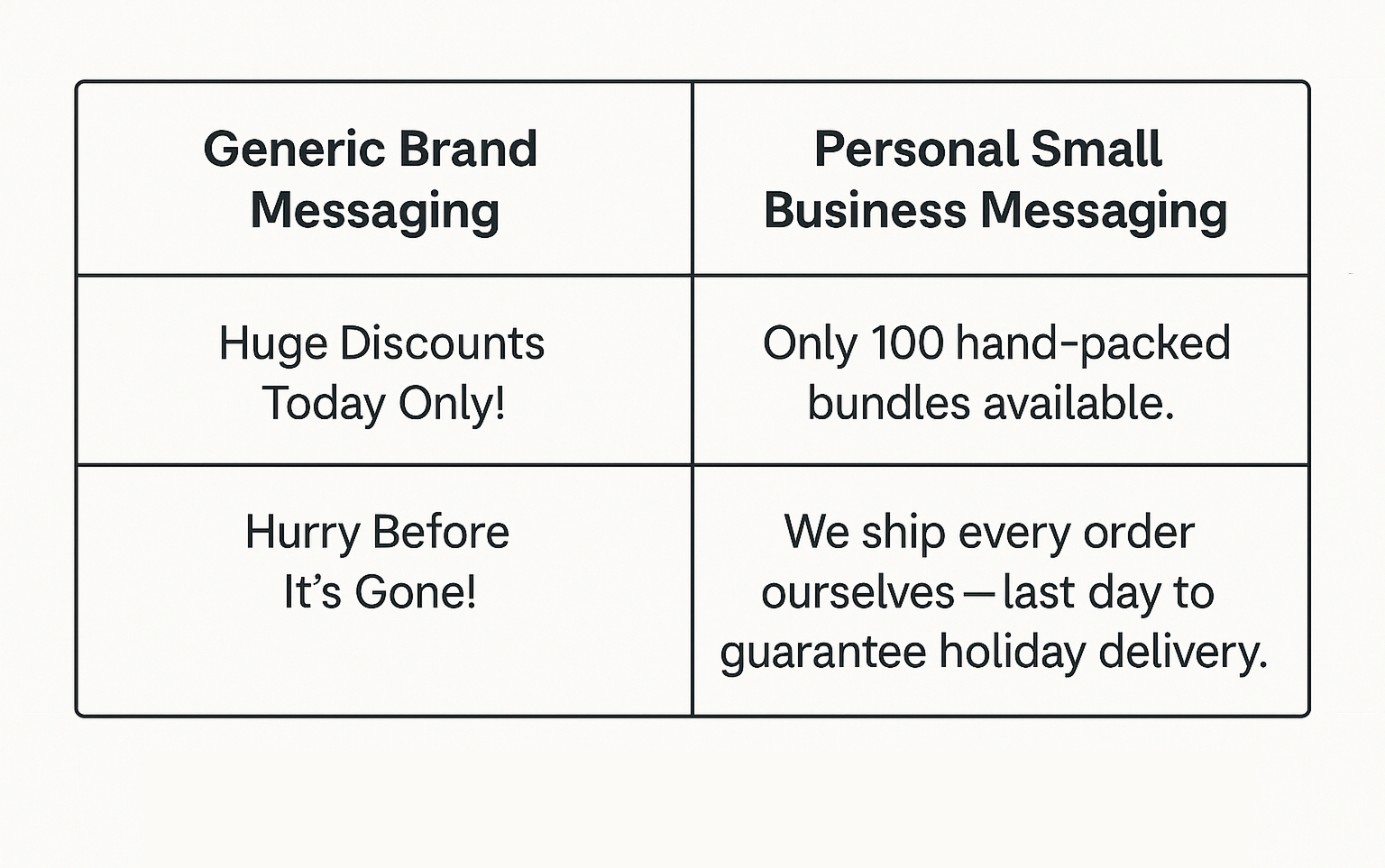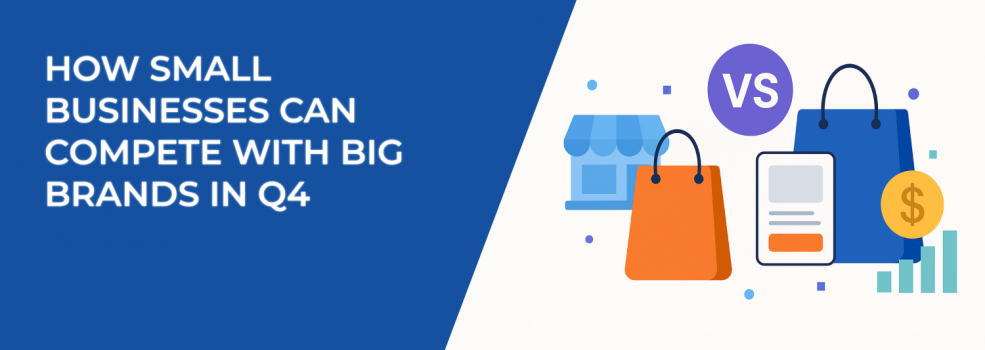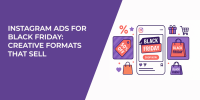Q4 can feel overwhelming when you’re a small business. Big brands are everywhere — spending more, showing up first, and dominating ad space. But small doesn’t mean powerless.
In fact, smaller businesses have the flexibility, speed, and customer focus that many larger companies can’t match.
Here’s how to stay competitive and make your Q4 campaigns count — even without a massive ad budget.
1. Don’t Target Broadly — Target Strategically
Large companies often run broad campaigns aimed at millions. That’s not realistic for a small business. It’s also not necessary.
You’ll get better results by focusing your budget on people who are most likely to take action.

Try targeting:
-
Website visitors from the past 30 days.
-
People who engaged with your Instagram or Facebook posts.
-
Local audiences within a small delivery or service area.
-
Followers of competitor brands or niche communities (you can do that with LeadEnforce).
If you’re not sure where to begin, this Facebook Ad Targeting 101 guide breaks it down simply — from interest targeting to retargeting.
Or go deeper with this step-by-step Facebook marketing strategy for local businesses, especially if you're targeting a geographic area.
2. Lean Into What Makes You Different
Big brands do mass messaging. But small businesses have the edge when it comes to being personal, relatable, and real.

Instead of shouting “Best Black Friday Deal Ever,” say:
-
“We’re a small team — so we only made 100 of these bundles.”
-
“Order by December 15 for Christmas delivery — we pack each box ourselves.”
-
“Every order supports our local workshop — and your gift comes with a hand-signed note.”
When your message is clear, honest, and personal, it stands out. You’re not just selling a product — you’re selling a reason to support you.
Need more ideas? These social media strategies for small businesses are a great place to start if you want to build loyalty and connection alongside your sales.
3. Use Retargeting — But Make It Smart
Most shoppers won’t buy the first time they see your product. Especially in Q4. They’re busy, they’re browsing, and they’re comparing.
That’s why retargeting matters — but only if it’s done right.
Here’s a simple retargeting sequence that works:
-
First touch: Show the product they viewed with a clear image and benefit.
-
Second touch: Share a review or real customer feedback.
-
Final touch: Offer a reason to act now — like free shipping or a holiday deadline.
This type of flow is covered in more detail in How Small Businesses Can Compete With Big Brands Using Facebook Ads, which includes examples and creative tips tailored for leaner teams.
4. Fix What’s Not Working — Don’t Just Spend More
If your ads are running but you’re not seeing results, don’t double your budget. Pause. Look at what’s actually happening.
Ask:
-
Is your targeting too broad or too narrow?
-
Does the ad explain the product’s benefit clearly?
-
Is the call-to-action too weak or confusing?
-
Does the landing page match the ad message?
For a full breakdown of what might be going wrong (and how to fix it), check out this practical guide: Facebook Ads Not Converting: How to Fix It.
Sometimes the issue is small — like a mismatched headline or a blurry image. Fixing it early can save you a lot in wasted spend.
5. Build Momentum With What You Already Have
You don’t have to keep reinventing your ads. Most small businesses already have content that can work well — they just haven’t turned it into ads yet.
Here’s what to look for in your own content:
-
Instagram videos or stories that got replies or shares.
-
Customer comments or messages you could turn into testimonials.
-
Past posts with higher-than-average engagement.
Don’t underestimate simple posts that felt personal or behind-the-scenes. You can turn those into scroll-stopping ads that feel native — not salesy.
Also, consider using the same post organically and as an ad. If it works in both places, it’s usually a good sign. You can learn more in this guide to organic and paid social media working together.
Final Thought
You don’t have to beat big brands at their own game. Just play yours better.
Focus on what you know best:
-
Who your customers are.
-
What makes your product worth buying.
-
How to talk to people in a way that feels honest.
-
And where to show up without spending everything.
Your strength is in being fast, personal, and clear. And that’s what cuts through the noise — especially when everyone else is trying to out-shout each other.

